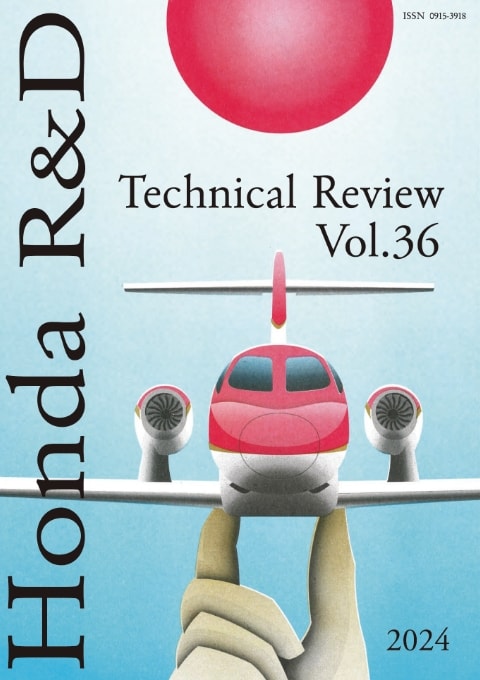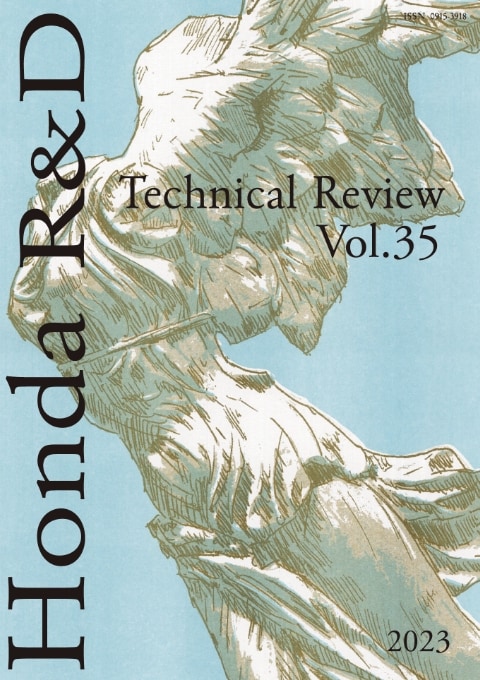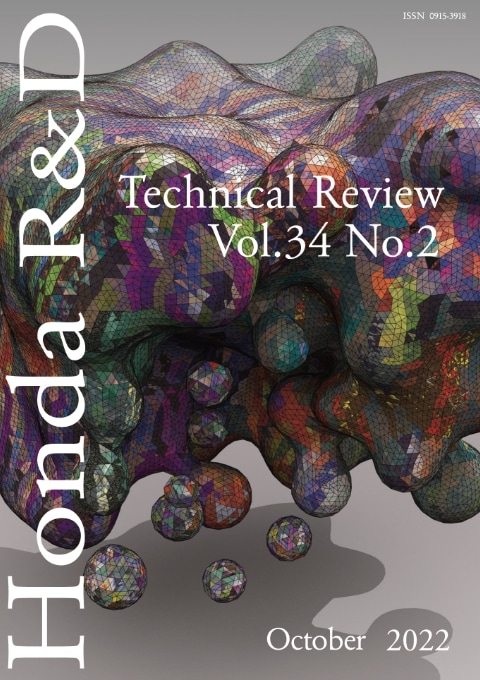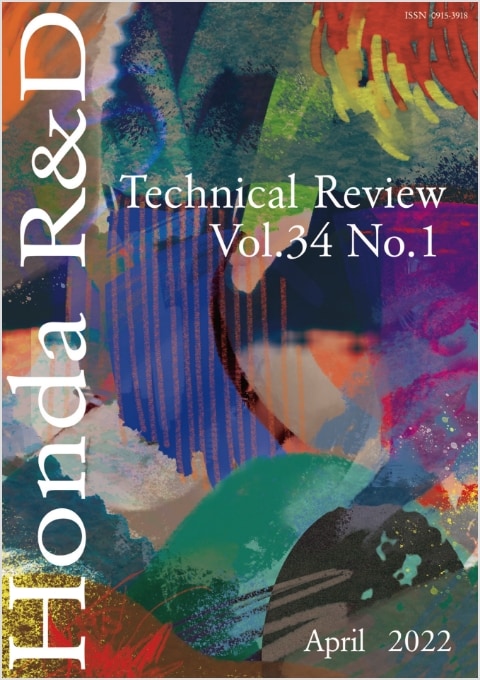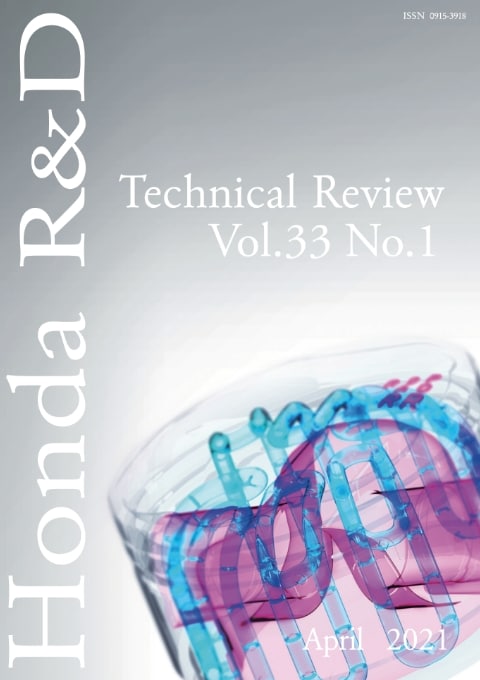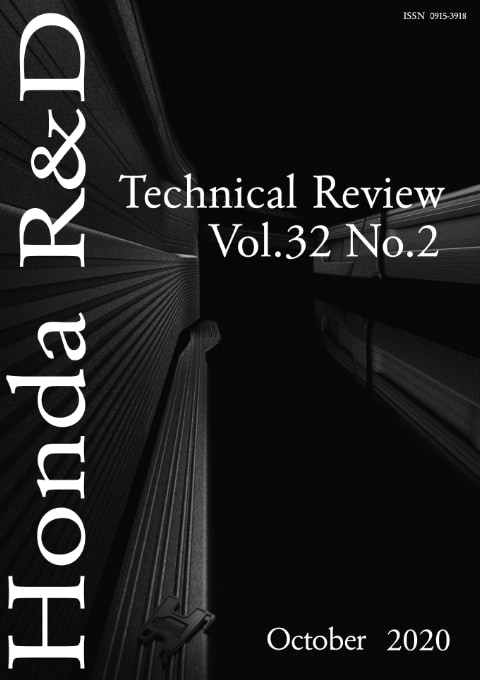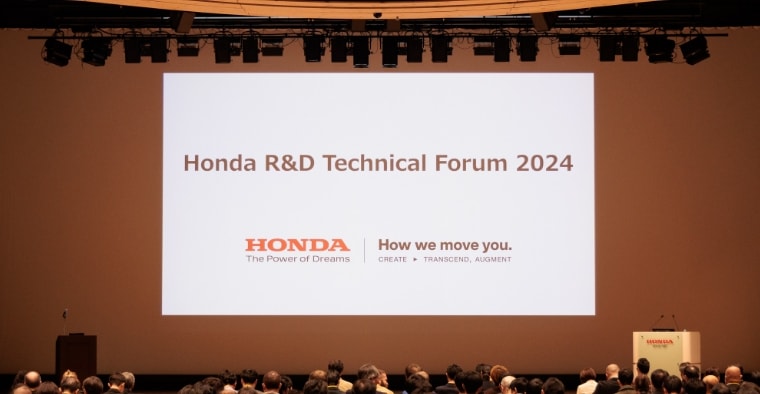Honda R&D Technical Review Vol.36
Honda R&D
Technical Review Vol.36
- Quantum information technology: introduction and current state of research
- Summary
While quantum technologies have made great progress in recent years, several fundamental challenges remain unsolved today. At the same time, the benefit in case of a successful realization of quantum technologies for practical problems is expected to lead to major disruptions in many application domains. In this perspective paper, we first outline the principles underlying quantum information technology. Then, we describe specific application domains relevant to industry where quantum computing, quantum sensing, and quantum communication could be successfully employed. Finally, we briefly introduce the research topics currently investigated at the Honda Research Institutes which should prepare a successful application of quantum technologies on realistic applications in the future.
Sebastian SCHMITT、Avetik HARUTYUNYAN、Bernhard SENDHOFF
Details of papers - Development of Three-wheel Electric Vehicle Series for Expanding Application to Delivery Business
- Summary
Honda has recently developed three-wheel electric scooters for commercial use to reduce CO2 emissions from the transportation sector and to respond to the growing demands for motor vehicles for delivery services. In the conventional three-wheel scooter series using a gasoline engine, there has been two types of cargo carriers; the one having the carrier as an integral part of the main vehicle body that tilts when the scooter leans and another one having the carrier on a non-tilting carriage in the rear. In our attempts to electrify both types of three-wheel scooter, we suggested an idea of making the electric powertrain common to keep the production cost low. Accordingly developed is the high-efficiency powertrain that enhances driving performance while making the vehicle more user friendly. The increased number of gears in the drivetrain coupled with the need for a differential gear for the two rear wheels also increases the backlash (free play), which causes issues such as vibrations and hammering noises. To deal with these issues, the electric power controller is programmed to apply a light torque to the drivetrain to take up the free play when the throttle is fully closed. Thus developed is the quiet, low vibration, and powerful electric three-wheelers appropriate for delivery services.
Hideaki NAKAGAWA
Details of papers - Method of Magnetizing Rotor with Wide Air Gap Using Magnetic Circuit that Concentrates Magnetic Flux
- Summary
A post-assembly magnetization method was developed to increase magnetic field strength by concentrating magnetic flux in the pulse-type magnetization of small-diameter multipole high-speed rotors with wide air gaps. By concentrating the magnetic flux generated by two sets of magnetizing coils located on the outer periphery of the rotor, a Y-shaped magnetic circuit that passes through one set of magnetizing coils can be created that applies a high magnetic field locally. Magnetizing coils were placed at locations ±135° from the one set of magnetizing coils through which the concentrated magnetic flux passes. This magnetizing coil arrangement can form a large magnetic circuit that passes around the inner periphery of the rotor. The magnetic flux that is not concentrated by this magnetic circuit flows in the direction opposite to the magnetization of the magnet. Therefore, the similar placement of auxiliary coils at the ±67.5° locations suppressed the magnetic flux that leaked from the magnetic circuit. This technology created a high magnetic field in a rotor with a wide air gap and realized the target magnetization ratio of 99.0% or higher in single magnets.
Toshitaka KATO、Shinji NEMOTO、Tokio TAIRA
Details of papers - Linkage System for Fleet Management and Building Energy Management Using Evs
- Summary
This research targets the social implementation of a system that helps to reduce electric utility costs and CO2 emissions with low investment by utilizing EVs as storage batteries and performing energy management that efficiently shares electricity between EVs and buildings. This paper introduces a fleet management system, an energy management system, and a battery sharing management system that links these two systems, and presents the effects to help reduce electric utility costs and CO2 emissions as verified by a proving test.
Tatsuya IDE、Kazumasa HONDA、Senryu OH、Yoshiya NAKAGAWA、Takuya TANAKA
Details of papers - Construction of Hierarchical Scatter-band Data for Engine Specification Study in Model-based Development Realization
- Summary
Hierarchical scatter-bands were constructed to determine engine specifications in the early stages of development, and development efficiency was enhanced. The four elements of thermal efficiency and combustion stability, oil dilution, and soot, which conflict with thermal efficiency, were defined and the requirements of intermediate parameters were analyzed in order to link them to parts step by step. Using engine data, it was confirmed that the parameter linkages are generally correct. The issues of turbocharged direct injection engines and their causes were analyzed based on system characteristic analysis and requirement analysis using scatter-bands, thereby enabling efficient implement countermeasures. The in-cylinder flow was enhanced by changing the piston top to a shallow dish shape, which decreased the combustion period by 0.5 deg. and reduced the brake specific fuel consumption by approximately 0.6%. Countermeasures were also implemented for conflicting events, and the injection control was changed. This reduced the oil dilution rate by 2.6 wt% and allowed balancing of the performance demanded of the engine.
Yasuhiro OKURA、Junya YOSHIZAWA、Hiromitsu MATSUDA、Seisuke SATO、Koichi TAKASE
Details of papers - Performance of Polymer Additively Manufactured Tooling for Low-volume High Strength Steel Sheet Metal Parts
- Summary
Low-volume prototype tooling is a large expense in vehicle development. Often, these tools cost a similar amount to mass-production tooling despite the much shorter useful life. Much of this cost is associated with the precision machining needed to create the tool geometry. Additive manufacturing brings with it the ability to create complex geometries at or near the final part shape. When applied to metal forming tools, additive manufacturing has the potential to reduce the cost and lead time of tooling by reducing the machining time required for traditionally manufactured tools. This study investigates the performance of sheet metal forming tools made from different polymer additive manufacturing materials and processes through forming trials on 1.6 mm thick 590 MPa high-strength steel, comparing the tools and their manufactured parts to traditional hard steel tooling and parts produced thereon. Physical die trials show success in forming mass-production materials accurately and tool life adequate to support low-volume production. A modeling framework has also been developed to rapidly iterate on new materials for tool design and application to other sheet metal grades and gauges.
Ryan HAHNLEN、Ben HOFFMAN、Madhura ATHALE、Taejoon PARK、Farhang POURBOGHRAT
Details of papers
- About Honda R&D
- Honda Philosophy
- Top Message
- Mission
- Organization
- Company Overview and Affiliates
- Members
- Award
- R&D Research Paper




